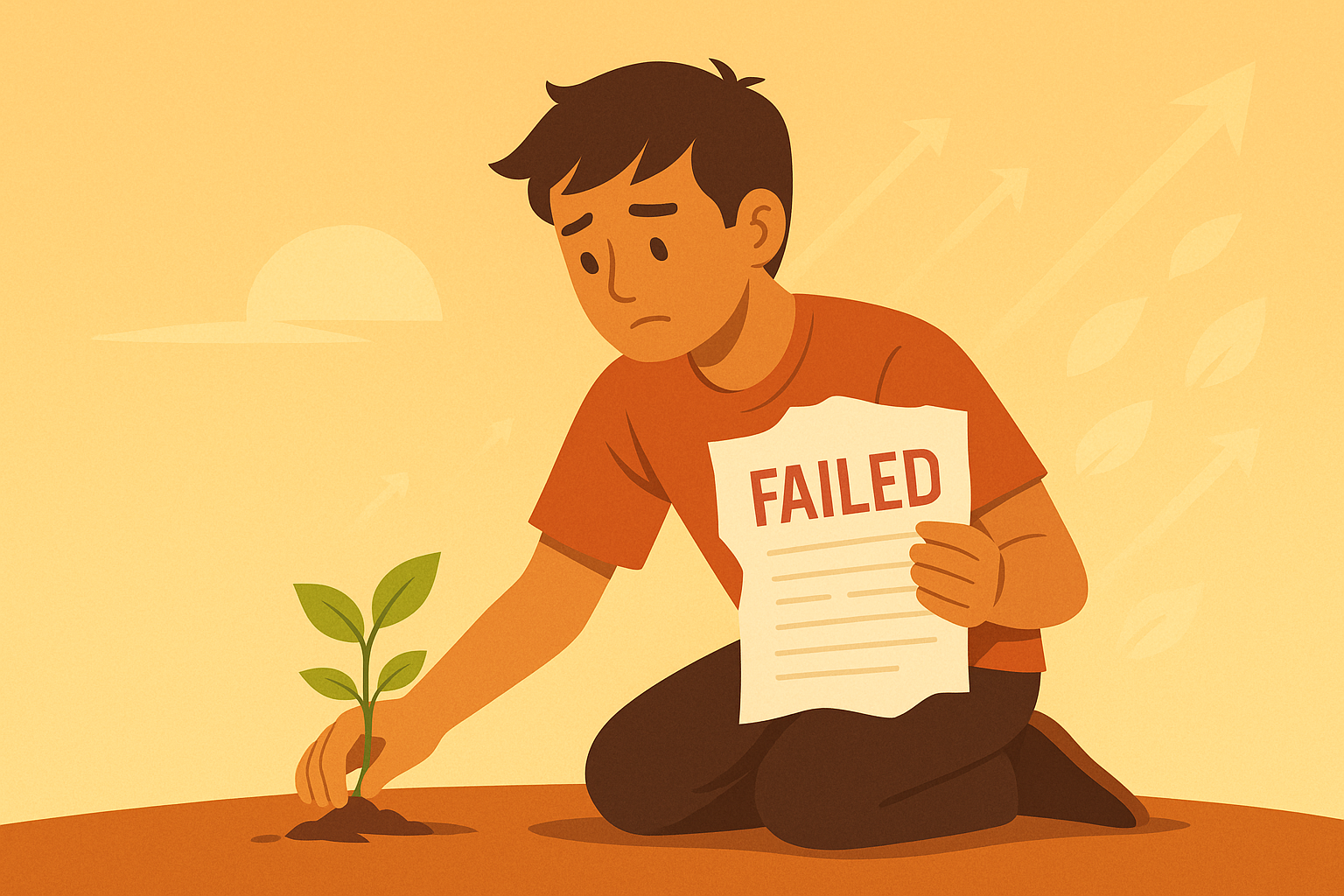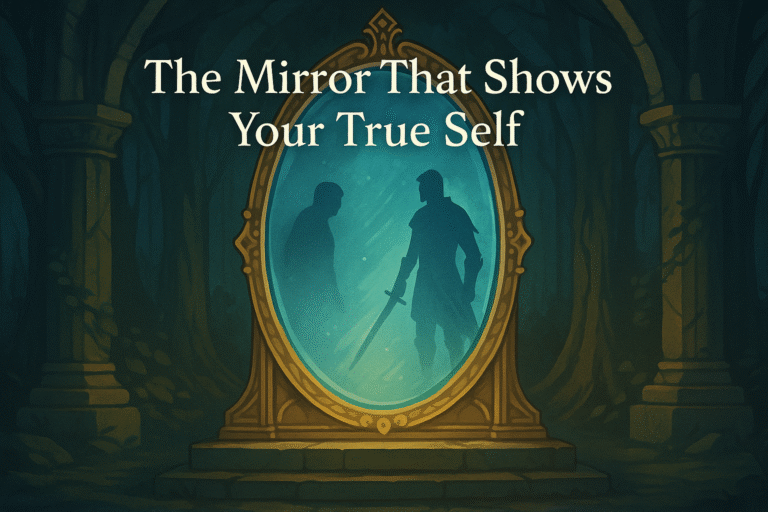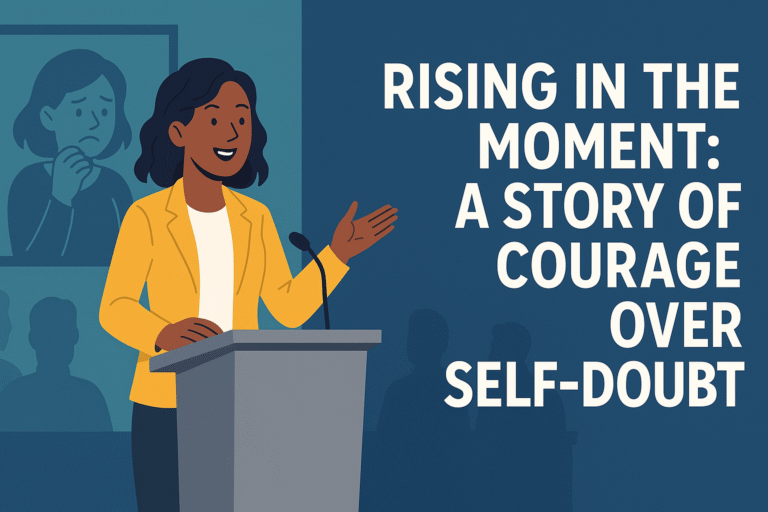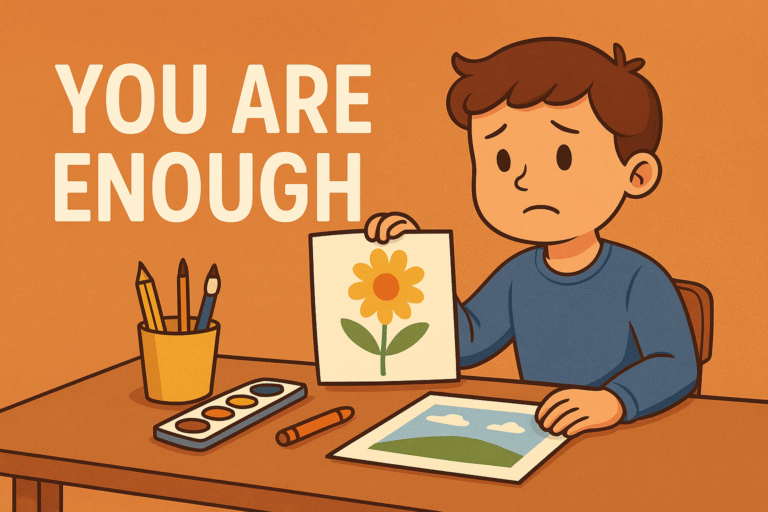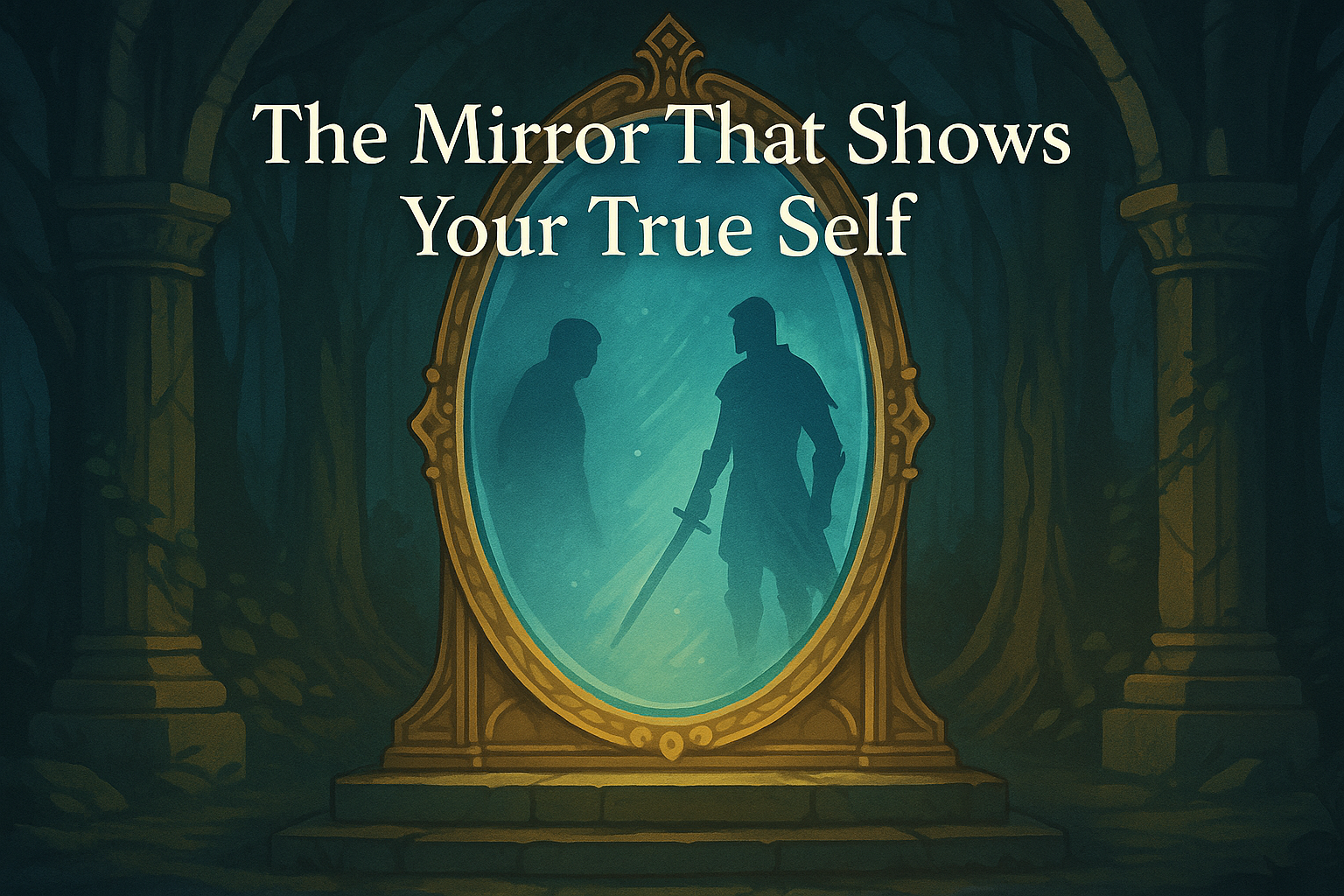Story About Self-Worth After Failure (Plus How to Rise Again)
Hello, my friend! Thank you for choosing the Read and Reflect.
Introduction
Failure hurts. One result, one rejection, and suddenly you feel “not enough.” This post starts with a true-to-life story of that moment—and then walks you through simple steps to rebuild your self-worth without fake positivity.
The Story: “Result Day”
I stared at the screen. “Failed”. The word was small, but it felt as heavy as a truck parked on my chest.
WhatsApp buzzed. “How was it?” “Pass?” “Bro, rank?” I turned the phone face down. My room suddenly felt too loud, too bright, too full of every plan I’d made. The neat timetable on the wall. The motivational quotes. The sticky note that said “You got this!”. Did I?
Mum knocked softly. “Tea?” I mumbled, “Later.” I didn’t want her pity. Dad’s footsteps came and went in the hallway; I imagined the conversation they were having: What do we say? Leave him alone? Tell him to study harder? I didn’t want any of it.
I lay on the floor and let the ceiling fan spin my thoughts. This exam was supposed to be my doorway. Everyone said so—teachers, relatives, my own head. And now? A wall. A locked door. A giant, laughing sign: NOT GOOD ENOUGH.
When my breathing finally slowed, I noticed something near the desk: a small clay pot with a tiny plant. I’d stuck the seed in there weeks ago and forgotten about it. The plant didn’t look impressive—two leaves, a thin stem—but it was alive. I hadn’t watered it properly; yet here it was, trying.
Without thinking, I picked it up, carried it to the balcony, and poured water. The soil drank it with a soft hiss. For the first time that day, something felt simple: thirsty plant, give water.
I pulled out my journal. Not the “score tracker” one—this old one with messy doodles and random thoughts. I wrote:
- “I failed an exam.”
- “I feel ashamed, scared, and angry.”
- “But I’m still me.”
- “What does ‘me’ mean without this result?”
Silence. A bird yelled from the neem tree. A scooter honked. I scribbled again:
- “I like helping my cousin with math.”
- “I can draw pretty good cartoons.”
- “I finish what I start—most of the time.”
- “People come to me when they need to vent.”
None of these were on the exam. But they were still true. They didn’t vanish because of one red mark.
Later, I walked to the kitchen. Mum looked up, worried. “Tea?” she asked again. “Yeah,” I said. “And… could we talk? Not about the result yet. Just… I need a hug.” She hugged me so tight I almost cried again. Dad joined with a hand on my shoulder. He didn’t say “It’s okay”—which was good, because it wasn’t okay. But it was… survivable.
That night, I made a list, not of regrets, but of options: retake the exam, apply for a different course, intern somewhere, take a month to learn a new skill. I didn’t know which one yet. I just knew the failure didn’t get to choose for me. I would.
The next morning, I watered the plant again. Still two leaves. Still small. Still growing. Like me.
What the Story Teaches
- A result is data, not a definition. It tells you how you did on one task, on one day—not who you are.
- Feelings need space. Shame shrinks when it’s named. Anger moves when it’s allowed to exist for a moment.
- Action returns control. One tiny action (watering a plant, making tea, writing a list) breaks the freeze of failure.
7 Practical Steps to Rebuild Self-Worth After Failure
1. Say What Happened—Clearly
Write one line: “I failed ___.” No drama, no extra words. Facts calm the mind.
2. Name 3 Feelings
Use simple words: sad, angry, scared, numb. Naming feelings lowers their power.
3. Check Your Self-Talk
Catch phrases like “I am a failure.” Swap them with “I failed at this, and I can learn.” Subtle, but huge.
4. Make a Small Win List
List 5 things you’ve done well—this week, month, or year. Not just marks: kindness, effort and consistency count.
5. Decide One Next Step
Retake? Ask for feedback? Try a new path? Choose one small move and schedule it.
6. Build a Support Circle
Text a friend, mentor, or sibling: “Rough day. Can we talk?” Isolation blows pain up. Connection shrinks it.
7. Create Your Own Scoreboard
What will you measure this year besides grades? Hours learned, pages read, people helped, projects finished—metrics you control.
Mini Worksheet
What happened:
How I feel (3 words):
What this failure actually teaches me:
One tiny step I’ll take this week:
My personal scoreboard (3 things I’ll track):
FAQs
Q: Isn’t calling it a failure negative?
A: No. It’s honest. Pretending it was “just a lesson” can feel fake. Face it, then move.
Q: How do I deal with people bragging about their success?
A: Mute, unfollow, or limit those chats for a while. Protect your headspace; it’s not jealousy—just self-care.
Q: What if I fail again?
A: Then you adjust again. Self-worth grows from persistence, not perfection.
Q: My parents won’t stop reminding me. What do I do?
A: Set a boundary: “I know I messed up. I’m working on it. Let’s review my plan on Sunday, not all day, every day.”
Explore More Lessons
- How a Spider Taught a King to Keep Going: A Timeless Motivational Story
- Clever Hans – The Horse That Could Count? A Hidden Lesson in Human Communication
- How Zhuge Liang Outsmarted a Thousand Soldiers with Nothing but His Reputation
Final Thought
You are more than a mark sheet, more than one result, more than the loudest comment online. Failure can bruise you, but it doesn’t get to build you. You do. Water your plant, make your list, take your step. Growth isn’t loud—but it’s real.
What’s your one step today? Drop it in the comments—someone else might need that idea.
Discover more from ReadAndReflect
Subscribe to get the latest posts sent to your email.

